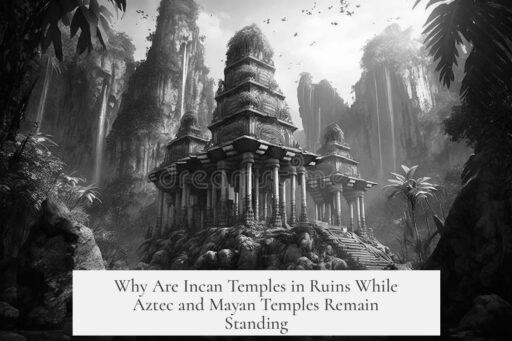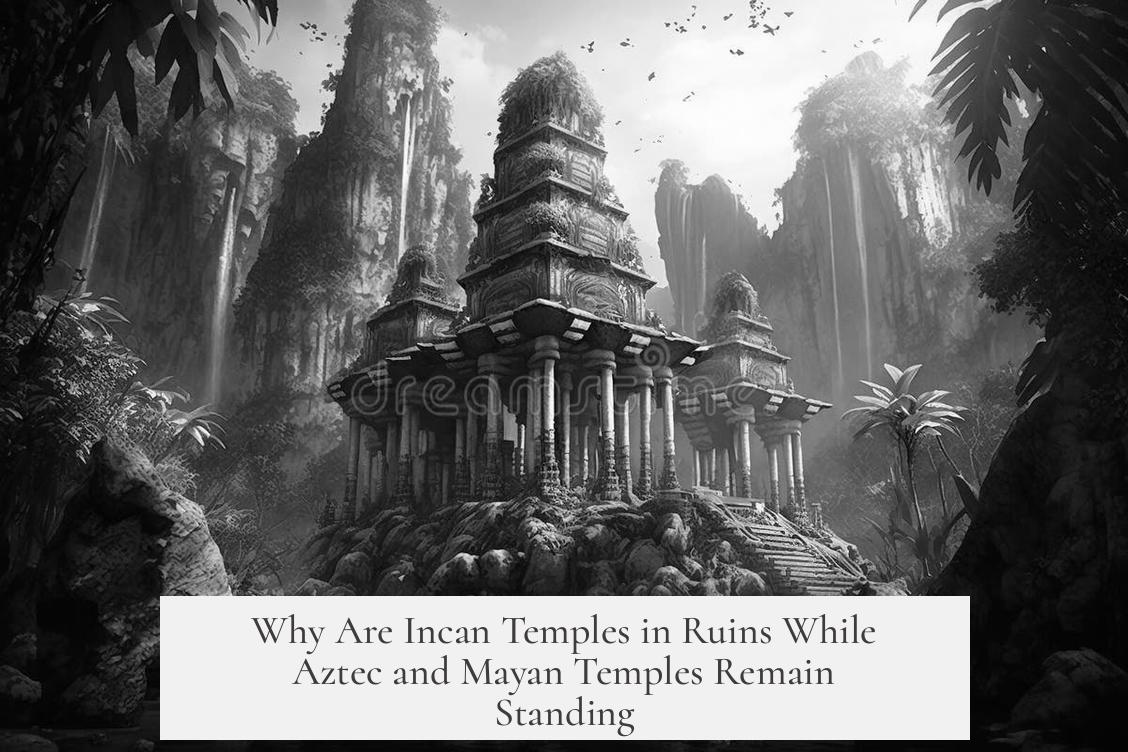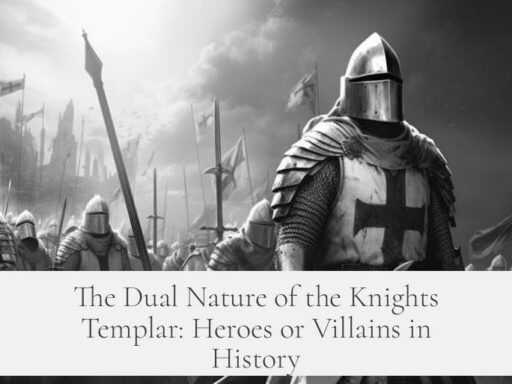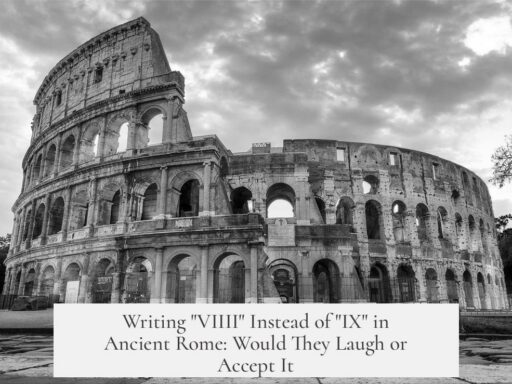Incan temples are largely destroyed and reduced to ruins because Spanish conquerors often dismantled them and reused their stones in colonial buildings, while many Aztec and Mayan temples remain standing due to varying colonial practices and urban development patterns.
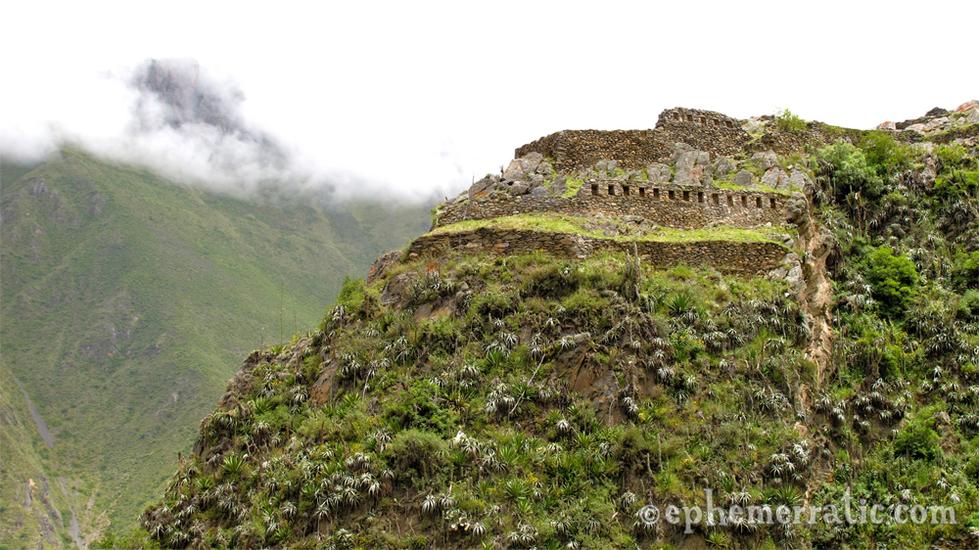
The fate of indigenous temples in the Americas varies by region and colonial interaction. In Cuzco, the Incan capital, Spaniards partially razed key structures. They then incorporated Incan stonework into colonial buildings. For example, the Coricancha temple, a major religious site, now supports the church and convent of Santo Domingo. This reuse physically preserved parts of Incan architecture but obscured their standalone presence. Some Incan walls remain visible along Cuzco’s streets, offering a glimpse of their original construction.
By contrast, Aztec temples like the Templo Mayor in Mexico City were frequently demolished, often thoroughly. Mexico City was built directly atop Tenochtitlan, the Aztec capital, leaving few visible Aztec ruins above ground today. The Templo Mayor was rediscovered only in 1978 during construction work. Historical maps and artworks from colonial Mexico project a transformed cityscape dominated by European cathedrals, with little visible indigenous architecture.
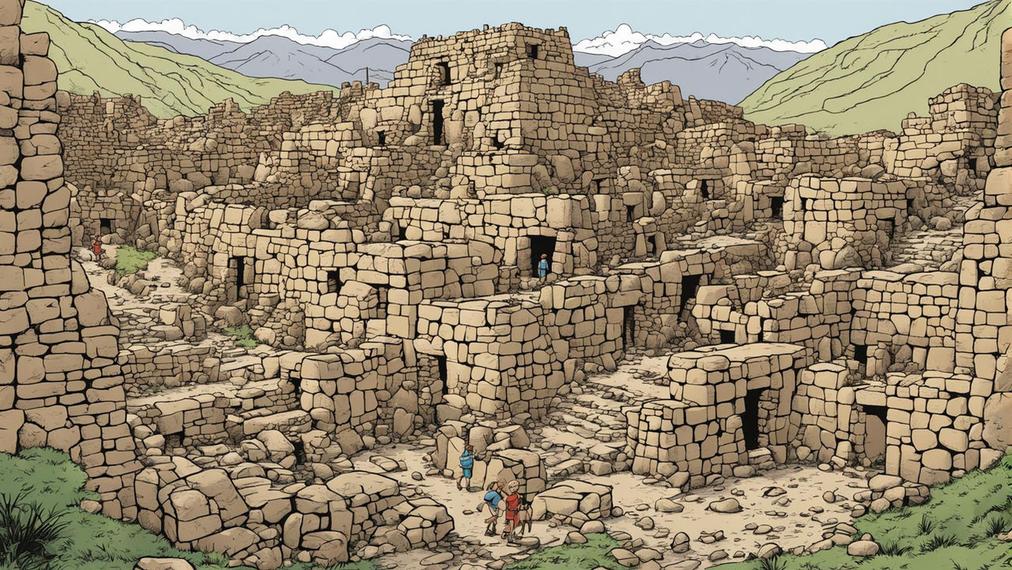
Mayan temples have generally survived more visibly in less urbanized areas. They often stand isolated within jungles or preserved archaeological sites, avoiding the immediate destruction or overbuilding seen in populous colonial cities.
Spanish colonial strategies varied, influenced by local geography, indigenous resistance, and urban planning goals. The success at eradicating or repurposing Incan temples may owe to Cuzco’s direct rebuilding over Incan sites to symbolize Spanish dominance. In contrast, the Aztec temples’ total removal was met with city construction atop Tenochtitlan, while Mayan sites remained distant from colonial centers.
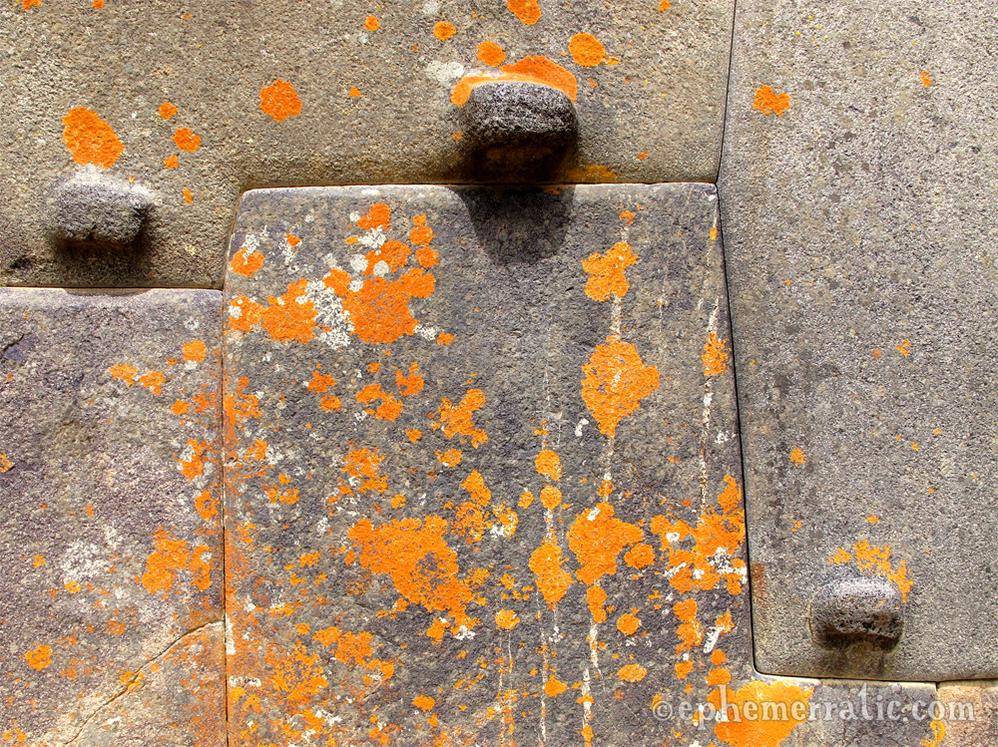
No definitive explanation exists for the difference. Both Incan and Aztec temples were targeted for destruction. Yet, local factors shaped their survival. Aztec temples largely vanished beneath Mexico City; Incan temple stones endure within Spanish constructions; Mayan temples persist mainly due to their remote locations.
- Incan temples were dismantled and integrated into Spanish colonial buildings, aiding partial preservation.
- Aztec temples were mostly demolished and buried under Mexico City, hiding their remains.
- Mayan temples, often in remote areas, survived largely intact.
- Spanish colonial tactics differed by region, affecting how indigenous structures were treated.
- Urban development and symbolic domination influenced temple destruction and preservation.
Why Are All the Incan Temples Destroyed and Reduced to Ruins, but Aztec and Mayan Temples Are Still Standing?
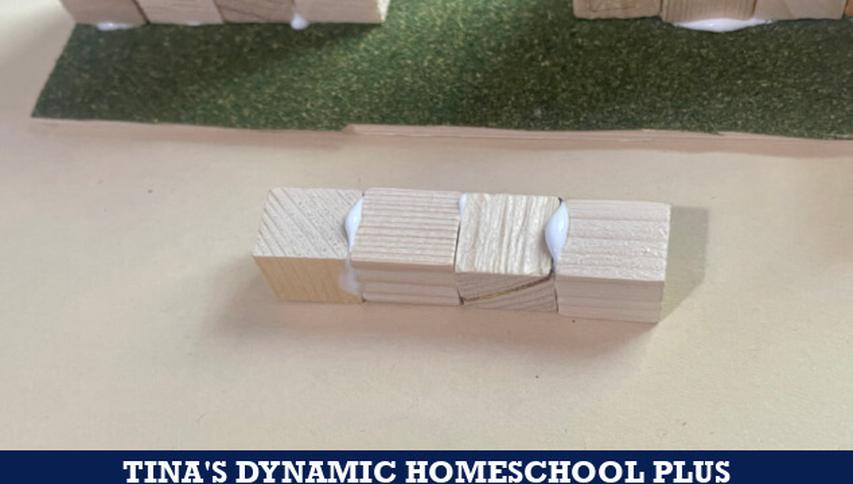
At first glance, it seems like Incan temples vanished into thin air while Aztec and Mayan temples somehow still stand tall. But the truth isn’t that simple. Incan temples weren’t entirely destroyed; many were partially razed and cleverly incorporated into Spanish colonial buildings. Meanwhile, Aztec temples met a different fate, frequently demolished but buried beneath modern cities, making them less visible. So why this difference? Let’s unpack it.
Imagine two ancient cities, both conquered by Spaniards with the zeal to erase indigenous religions. One is Tenochtitlan, the Aztec capital, the other is Cuzco—the heart of the Inca Empire. Spain’s conquistadors didn’t arrive with a “one-size-fits-all” demolition plan. Their approach to indigenous temples reflected geography, politics, and maybe a dash of practicality.
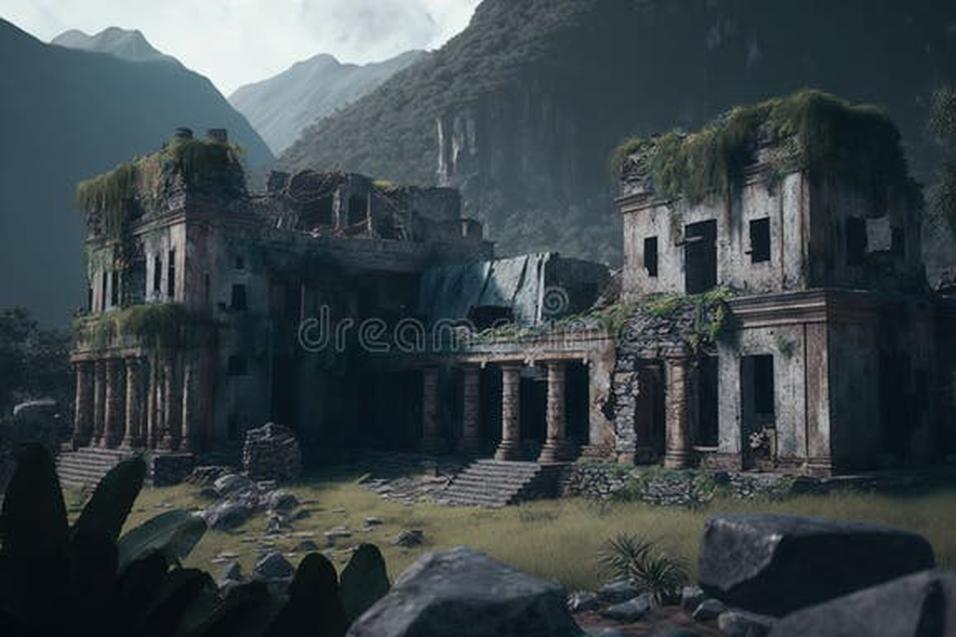
Aztec Temples: Buried but Not Forgotten
The Aztec capital, Tenochtitlan, was so spectacularly located—right where modern-day Mexico City now sprawls—that much of its architecture lies beneath the bustling metropolis. The Templo Mayor, the main Aztec temple, was demolished multiple times. Spaniards razed it soon after conquest to make way for Catholic cathedrals, erasing the religious landmarks eagerly. But the temple’s bones didn’t vanish; they linger underground until rediscovered in 1978 during a power transformer installation. Hard to believe, right? A mighty temple lost under the hum of city life.
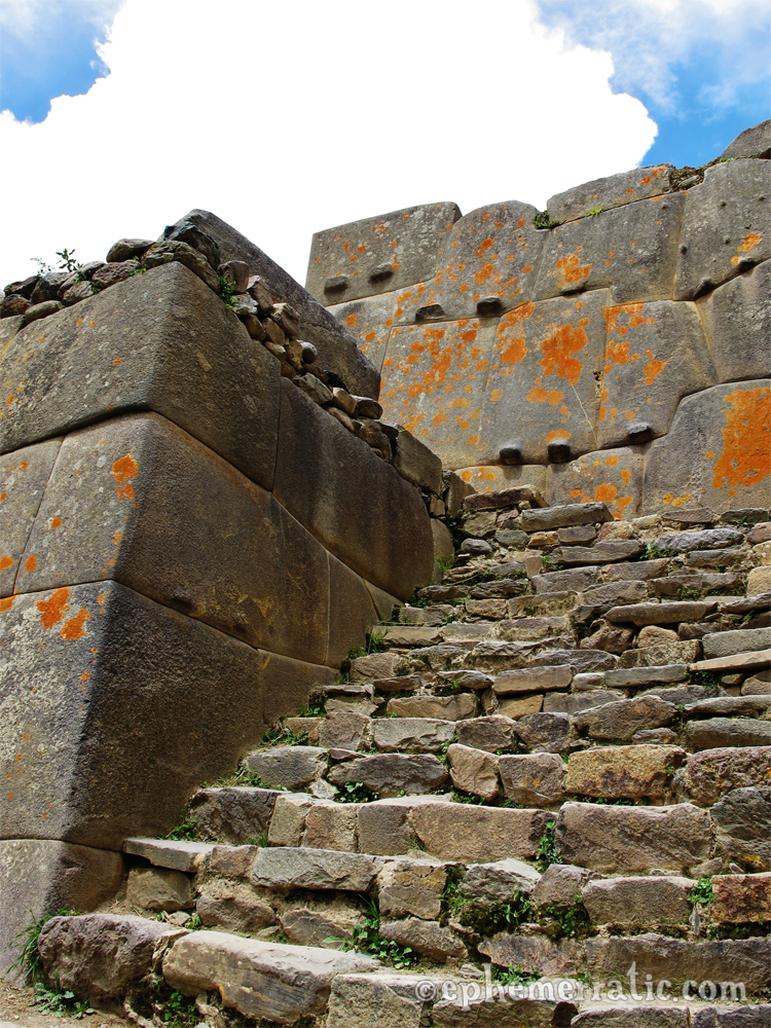
Still, Aztec temples’ visibility today is minimal—not because they weren’t built strongly but because Mexico City quite literally rose on top of their ruins. Artworks like Juan Gómez de Trasmonte’s 1628 map paint an “ideal” colonial city with grand cathedrals but gasp—no Aztec temples visible. This omission tells its own story: colonial ambitions preferred to bury the old gods beneath Christian symbols.
Incan Temples: Part Old, Part New
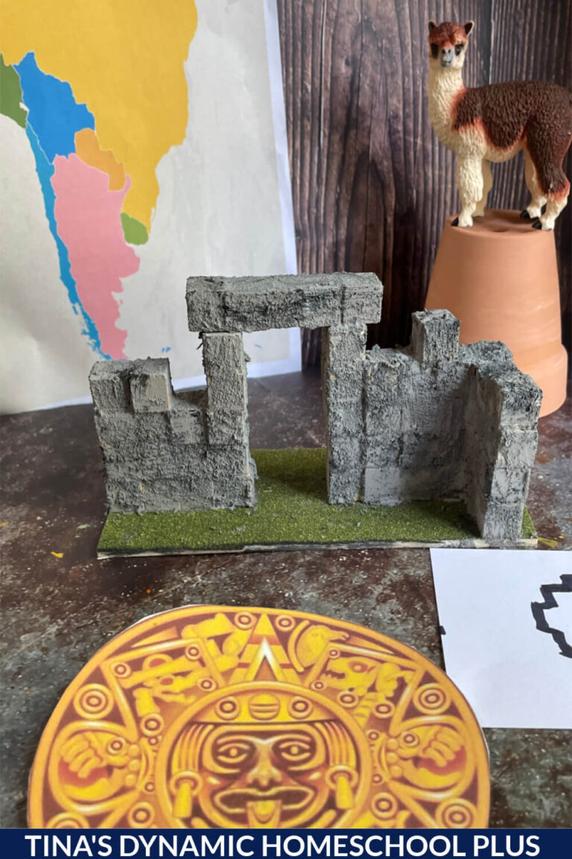
Cuzco, the Incan capital, tells a different architectural tale. Spaniards in the Andes often didn’t outright destroy Incan temples. Instead, they partially razed these structures and then incorporated the impressive stone walls into new Spanish colonial buildings. Consider Coricancha, the Inca temple dedicated to the sun god Inti—it now forms the base of the Iglesia y Convento de Santo Domingo. The Spaniards essentially built *on top of* the Incan legacy.
This approach means that although many Incan temples appear ruined or gone, their walls and stones remain visible in the heart of Cuzco. Walk along the city streets, and Incan walls greet you, boasting incredible masonry that survives centuries of conquest. So, these temples aren’t truly “destroyed,” but rather reimagined—like a remix of architectural heritage.
Were Spanish Conquerors More Successful Against Incans?
The question arises: if Spaniards targeted indigenous architectures in both empires, why did the Incas end up with more integration and preservation, while Aztec temples mostly didn’t survive visibly?
There’s no single answer. Spanish colonial practices varied widely, shaped by local circumstances. In Cuzco, perhaps the Spaniards saw value in reusing the sturdy Incan walls. Building atop Incan foundations saved resources and showcased Spanish dominance—literally standing on the old empire.
In Mexico City, urban expansion likely made it simpler to level Aztec temples completely and start afresh, rather than integrate ruins. The Aztec Temple Mayor’s site was prime real estate and held symbolic power the Spaniards wanted to overwrite decisively.
Also, differing styles and stonework matter. Incan masonry is famed for its precision-cut stones fitting perfectly without mortar. Such walls withstand earthquakes and time, making them perfect to incorporate. Aztec temple materials and structures may have been less adaptable, pushing Spaniards to replace rather than recycle.
What About the Mayans?
Mayans present another piece of the puzzle. Unlike the Aztecs and Incas, Mayan cities were often abandoned before Spanish arrival. Their temples, scattered across jungles, escaped direct urban redevelopment. The Spaniards didn’t encounter dense, living cities like Tenochtitlan or Cuzco. This lack of urban pressure helped Mayan temples survive in relative isolation, becoming archaeological treasures today.
Plus, many Mayan temples became tourist attractions later, incentivizing their preservation, unlike urban Aztec temples covered by Mexico City’s sprawl.
Lessons from the Ruins
- The Spaniards intentionally destroyed indigenous religious sites in both empires.
- Aztec temples often got leveled to build colonial cities squarely on top.
- Incan temples were mostly repurposed into Spanish buildings, merging old and new.
- Mayan ruins survived partly because their cities were abandoned before conquest.
- Architecture style and local urban dynamics influenced what survived visibly.
So, have we answered why all Incan temples are “destroyed”? Not entirely. They survive, but in disguised, layered forms. While surface appearances suggest ruin, a closer look reveals a fusion of Incan stonework and Spanish colonial ambition. Aztec temples, meanwhile, lie buried beneath a modern giant that grew over them, almost as if history pressed pause and started anew.
This raises intriguing questions: How does colonial rewriting of space shape cultural memory? Can a temple built atop ruins honor or erase the past? Maybe the walls still standing in Cuzco and the invisible ruins beneath Mexico City both tell stories of conquest, resilience, and transformation.
Want to See Some of These Wonders?
If you’re curious, visit Cuzco to marvel at Incan walls woven into colonial churches. Then, stroll Mexico City’s historic center and imagine Aztec temples hidden beneath your feet, waiting for the next unexpected discovery. History’s layers often surprise us.
Next time you hear about these ancient cities, remember—ruins don’t just vanish; they evolve. Sometimes, it’s not about being destroyed but about becoming part of a new story.
